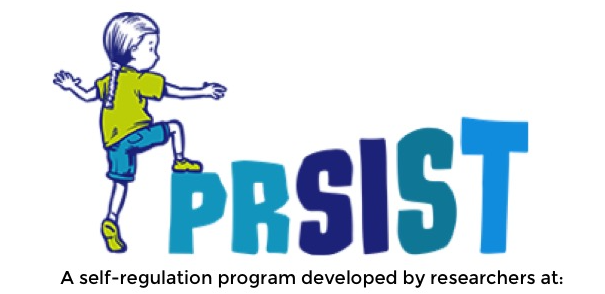
Child Activities
Self-regulation can be considered in three areas: cognitive self-regulation; behavioural self-regulation;
and social and emotional self-regulation. In this section, we provide playful, low-cost and everyday activities that adults can use to engage and support children’s early self-regulation development in each of these areas. Many more activities are possible; consider these as a starting point from which to develop new activities that similarly engage and challenge children’s emerging self-regulation abilities.
How and when should you implement these activities?
The 28 child activities in this section have been developed to be low- to no-cost, playful, fun, acceptable to children and adults, and useable by educators and parents. The timing, intensity, selection and sequence of child activities are flexible, although it is suggested that at least a few activities be done each week and a variety are undertaken (to engage all areas of self-regulation). However, to ensure flexibility, we do not dictate what days or times they need to be done, or which specific ones to do. You can choose from amongst your favourites, and put more focus where you decide it should be.
Who should engage in these activities?
To promote consistency in practices within ECEC services, it is recommended that at least two educators from each service engage in the program. Preferably, a whole-centre approach will be adopted as additional educators engage in the program. Further benefit would be expected where these practices also occur in the home. These practices have been developed to support educators working with children aged 3-5 years, but could be of interest and benefit to all educators.
Are there any supporting materials for these activities?
As an easy entry into the activities, we have developed three children’s books that link activities to central plot points, and then compile all of the activities in an appendix at the end of the book (see the Resources page). This is an engaging way to introduce the activities to children, as well as link stories to follow-up experiences.
Links to the Early Years Learning Framework
Given its significance for children’s development, self-regulation and persistence both feature throughout Australia’s Early Years Learning Framework (EYLF). These terms are explicitly mentioned as sources of evidence within three of the five learning outcomes in the EYLF (Learning Outcomes 1, 3 and 4).
- Demonstrate an increasing capacity for self-regulation (from Outcome 1.2)
- Persist when faced with challenges and when first attempts are not successful (from Outcome 1.2)
- Show an increasing capacity to understand, self-regulate and manage their emotions in ways that reflect the feelings and needs of others (from Outcome 3.1)
- Persist even when they find a task difficult (from Outcome 4.1)
To develop these activities we: observed high quality practice to in early years settings to capture the great practices that are already occurring; made minimal modifications to other existing practices to optimise their likely self-regulatory benefit; and introduced a series of new activities that, while perhaps not already being done, considered the demands, practices and routines of early years contexts. These activities were trialed by early years educators, who provided their valuable insights and feedback to ensure that the final activities were enjoyable, beneficial and compatible with the realities of early years contexts. The activities that follow are a result of that approach, and have been trialed, tested and modified in consultation and collaboration with early childhood educators.



